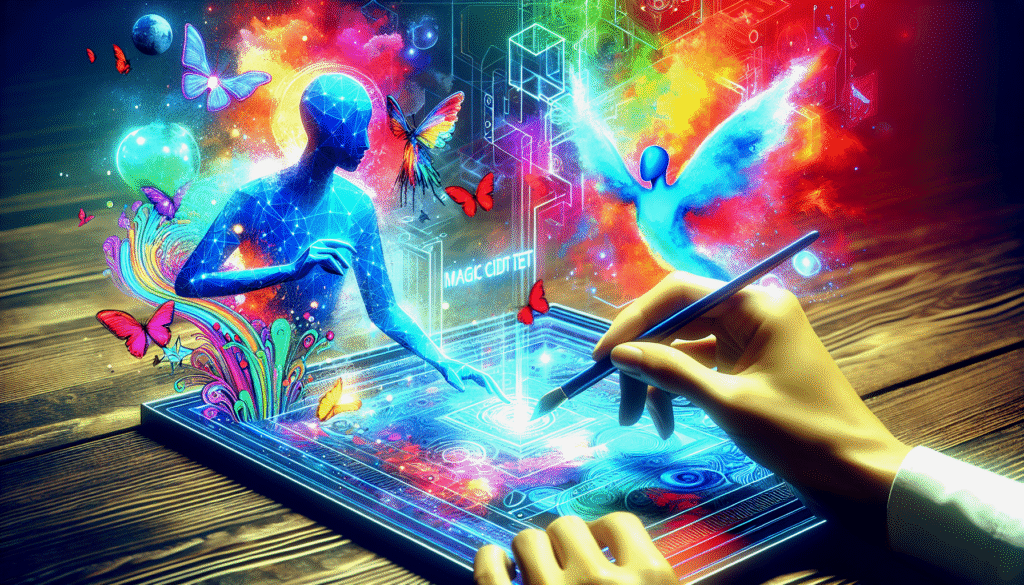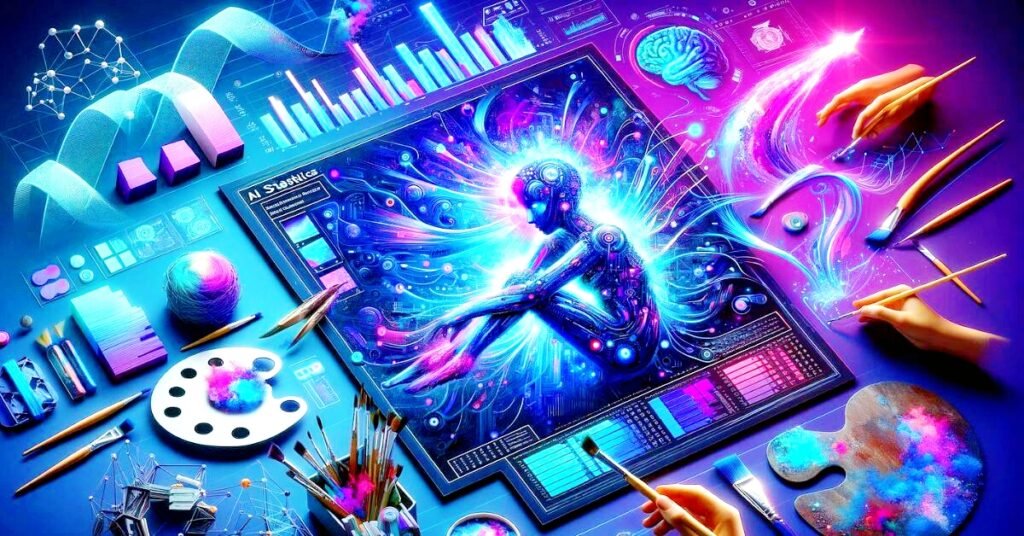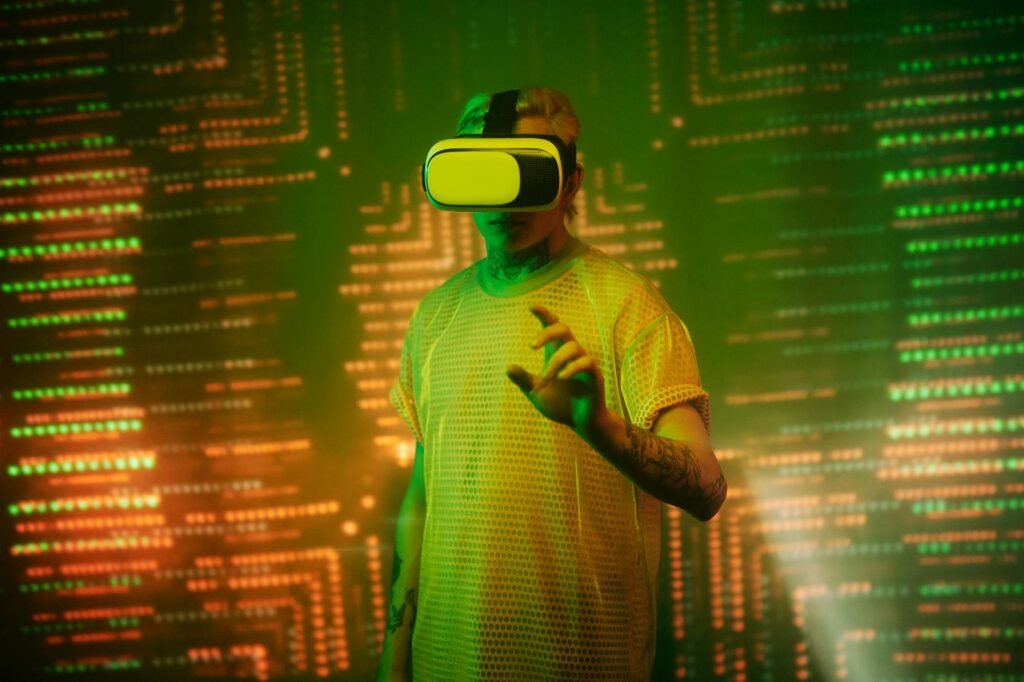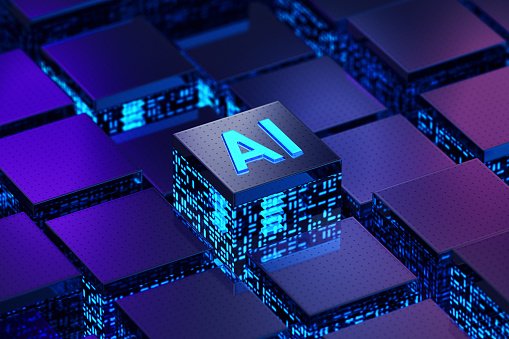
Midjourney: High-End Art and Conceptual Imagery from Text
In an age defined by artificial intelligence and digital transformation, creativity has undergone a paradigm shift. At the forefront of this revolution stands Midjourney, an innovative AI art generation platform that has redefined the boundaries between technology and artistry. Born from a vision to empower creators through AI, Midjourney merges computational power with imaginative storytelling, translating text prompts into breathtaking visual art. This essay delves into the conceptual framework, technological foundation, artistic capabilities, and the future implications of Midjourney as a high-end art and conceptual imagery tool.
1. The Rise of Text-to-Image AI
Text-to-image generation has emerged as a pivotal function in the AI art ecosystem. The core idea is deceptively simple: input a description in natural language, and the AI generates an image that aligns with the given text. However, beneath this simplicity lies a network of complex models, deep learning algorithms, and massive training data sets. The result is nothing short of a marvel—an image that visually embodies the soul of the written word.
Midjourney stands apart in this field by embracing an aesthetic-focused, stylized approach. Where other platforms like DALL·E or Stable Diffusion prioritize photorealism or functional imagery, Midjourney leans heavily into the conceptual, artistic, and often surreal realms of creation. It appeals to designers, illustrators, filmmakers, fashion stylists, and anyone seeking to push creative boundaries.
2. Midjourney’s Creative Ethos
Unlike other text-to-image generators that focus primarily on technical interpretation, Midjourney places a strong emphasis on artistic intention. Its engine is trained to interpret not just the words of a prompt but the emotion, tone, and artistic style implied. This artistic lens allows Midjourney to produce outputs that resemble the work of professional concept artists, often evoking the styles of surrealist painters, futurist architects, or high-concept fashion designers.
Midjourney encourages experimentation with prompt structure, layering ideas and styles in a way that mirrors the work of a human artist conceptualizing a complex piece. The platform supports the use of weight parameters, stylization values, aspect ratios, and advanced prompt engineering to fine-tune results, making it more of a collaborative partner in art than a simple generator.
3. The Visual Language of Midjourney
The visual results from Midjourney are striking. The AI exhibits a natural affinity for depth, atmosphere, texture, and lighting. Whether it’s a glowing cyberpunk alleyway, a Rococo-inspired dream palace, or a futuristic biomechanical sculpture, the results are drenched in detail and often provoke visceral reactions.
This visual language is not just about aesthetics—it serves to tell stories. The images evoke emotion, hint at narrative depth, and offer a window into imagined worlds. In many ways, Midjourney functions as a narrative visualizer, translating textual stories into art that feels both evocative and cinematic.
4. Conceptual Applications Across Fields
a. Film and Entertainment
Midjourney has found a natural home in the world of entertainment design. Filmmakers and concept artists use it for visual development, mood boards, character design, and scene visualization. It provides fast, compelling iterations that can inspire the look and feel of entire cinematic worlds.
For example, a single prompt like “post-apocalyptic cityscape overtaken by jungle, golden hour, wide-angle, cinematic lighting” can produce visuals that resemble big-budget production concept art. Directors and art departments can use this as a visual reference to communicate ideas long before the cameras roll.
b. Fashion and Costume Design
In fashion, Midjourney serves as a visionary tool for conceptual outfits, futuristic garments, and haute couture ideation. Designers can input prompts such as “avant-garde gown made of flowing holographic silk, inspired by deep sea jellyfish, studio lighting, runway model pose” and receive images that embody radical fashion innovation.
This offers a radical shift in design workflows. Instead of starting from sketches, designers can work backward—first visualizing potential outcomes, then crafting physical versions inspired by the AI’s creations.
c. Architecture and Environment Design
Architects and urban planners have begun to use Midjourney to conceptualize spaces, from eco-cities of the future to ancient temples reimagined with modern materials. Prompts like “brutalist skyscraper overgrown with moss and vines, misty sunrise, high contrast, 4K” can yield detailed, richly atmospheric results that inspire real-world blueprints.
d. Branding and Marketing
Creative agencies are now using Midjourney for branding exercises—developing visual identities, logo styles, campaign visuals, and promotional artwork based on unique conceptual directions. Since Midjourney allows rapid prototyping, agencies can pitch bold visual directions to clients in a matter of hours rather than weeks.
e. Fine Art and NFTs
Midjourney has also made waves in the world of fine art and digital collectibles. Many artists use it to produce high-concept digital paintings, then refine them further in Photoshop or use them as the basis for NFT series. Its outputs often resemble gallery-worthy digital paintings, blending classical themes with modern surrealism.
5. The Art of Prompt Crafting
While Midjourney is immensely powerful, its success relies heavily on the input it receives. The process of writing prompts—known as prompt engineering—has become an art form in itself. Artists learn to weave detailed instructions, stylistic cues, camera directions, lighting references, and even artist names into a single line of text.
For instance, a prompt like:
“Ethereal forest of crystal trees at twilight, glowing mist, ultra-detailed, by Ivan Shishkin and James Turrell, soft ambient light, hyperreal”
—can create a scene that fuses naturalist landscape painting with modern light art. The results are not just visually impressive—they feel emotionally resonant, as if they came from a human with deep artistic intent.
Prompt engineering in Midjourney is more than just giving commands—it’s collaborative storytelling, where words are the brushstrokes and AI is the canvas.
6. Philosophical Questions and Aesthetic Value
As with all AI-driven art tools, Midjourney raises profound philosophical questions: What is creativity? Who owns the art? Can something generated by an algorithm be considered fine art?
While traditionalists may question the legitimacy of AI art, many digital artists argue that Midjourney is not a replacement for human creativity but a magnifier. It enhances creative output by providing faster iterations, unexpected outcomes, and endless sources of visual exploration. In this way, it does not remove the artist—it empowers them.
Art created through Midjourney still requires a vision, a sensibility, and an editorial eye. In fact, the better the human imagination and design sense behind the prompt, the stronger the result. The AI merely expands the possibilities of what that imagination can achieve.
7. The Future of Conceptual AI Art
Midjourney, though already astonishing, is still evolving. Future updates are likely to include:
- 3D rendering capabilities, allowing users to rotate and explore generated scenes
- Animation tools, where prompts generate short moving sequences
- Style training, letting users upload their own artwork to train Midjourney on specific aesthetics
- Interactive storytelling, where users can co-create visual narratives across multiple prompts and scenes
The integration of Midjourney with other platforms like Blender, Unreal Engine, or Adobe Suite would allow seamless transitions from concept to production. As the lines between generative art, design, and storytelling blur, Midjourney may become a cornerstone of the next creative renaissance.
8. Ethical Use and Limitations
Despite its power, Midjourney is not without limitations. Users must be mindful of:
- Bias in training data, which can unintentionally produce stereotypical or culturally insensitive content
- Plagiarism concerns, especially when prompts reference known artists
- Overreliance on AI, which can hinder foundational skills like sketching, composition, or storytelling
The developers have implemented community guidelines and moderation filters to prevent misuse. However, as with any powerful tool, the responsibility ultimately lies with the user to wield it ethically and respectfully.
9. Accessibility and Democratization
One of Midjourney’s most transformative effects is the democratization of high-end visual art. In the past, producing Hollywood-grade concept art or fashion lookbooks required expensive software, years of training, and access to specialized talent. With Midjourney, a single person with a compelling idea and a well-written prompt can produce gallery-level art within minutes.
This has unlocked creativity in people who might never have thought of themselves as artists. Writers are visualizing their worlds. Musicians are generating cover art. Game developers are prototyping characters. Educators are using visuals to inspire students. The impact spans industries and continents.
10. Conclusion: Art Reimagined
Midjourney is not just a tool—it’s a movement. It reflects the convergence of machine intelligence and human imagination, opening a new chapter in the story of art. From cinematic landscapes to abstract dreamscapes, it offers a canvas as vast as language itself. In doing so, it redefines what it means to be a creator in the 21st century.
The future of high-end conceptual art is not limited to studios, galleries, or professional design firms. It is now in the hands of anyone with a vision and the words to describe it. With platforms like Midjourney, the act of creation becomes more accessible, more collaborative, and more infinite than ever before.



